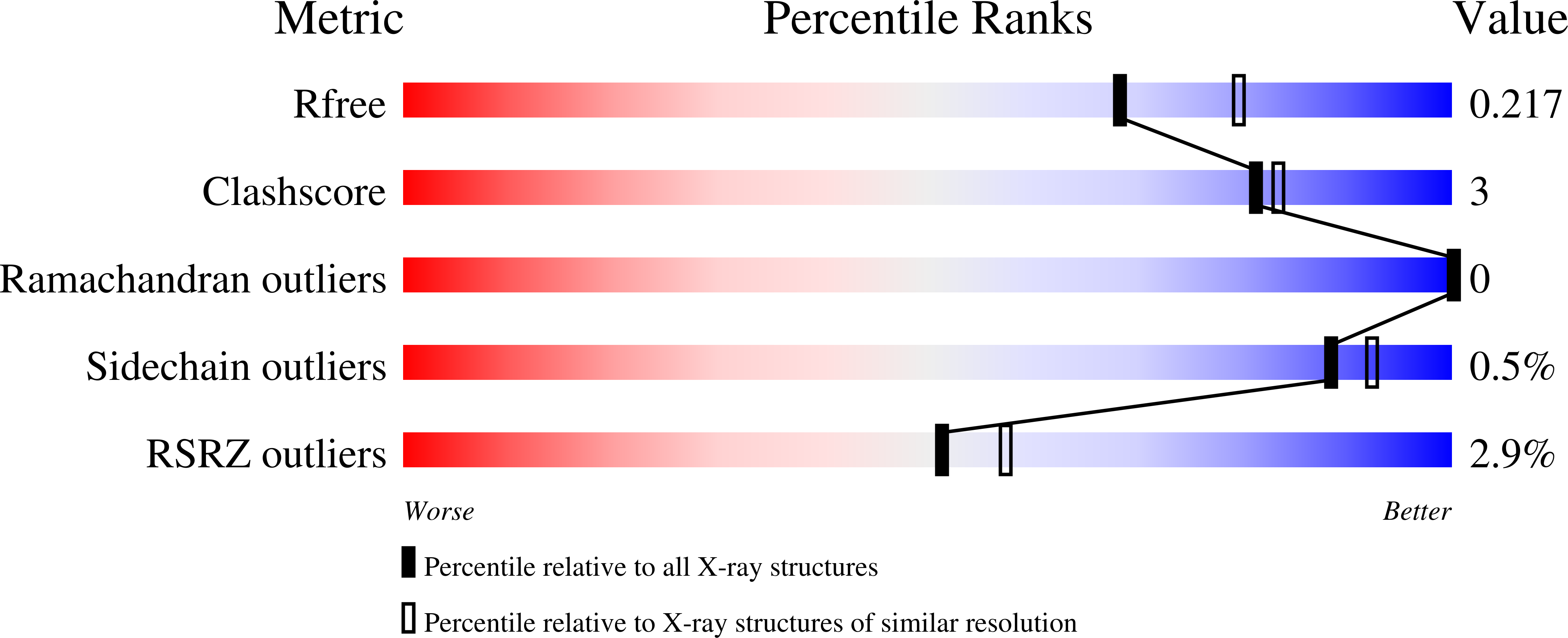
Deposition Date
2022-12-06
Release Date
2024-02-21
Last Version Date
2024-07-31
Entry Detail
PDB ID:
8BW8
Keywords:
Title:
Crystal structure of the dCNK-SAM-CRIC-PDZ/dHYP-SAM complex
Biological Source:
Source Organism:
Drosophila melanogaster (Taxon ID: 7227)
Host Organism:
Method Details:
Experimental Method:
Resolution:
2.10 Å
R-Value Free:
0.21
R-Value Work:
0.18
R-Value Observed:
0.18
Space Group:
P 31


